Find Any Kiosk Machine You Need And Contact Lean Kiosk Now
All Products
Select Any Product
- Request A Quote Now

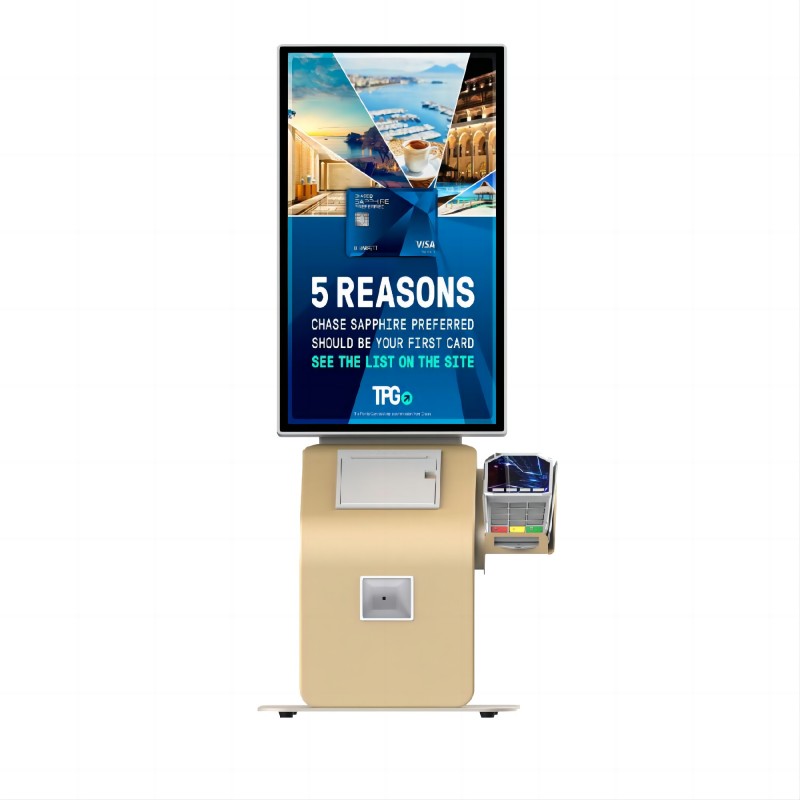
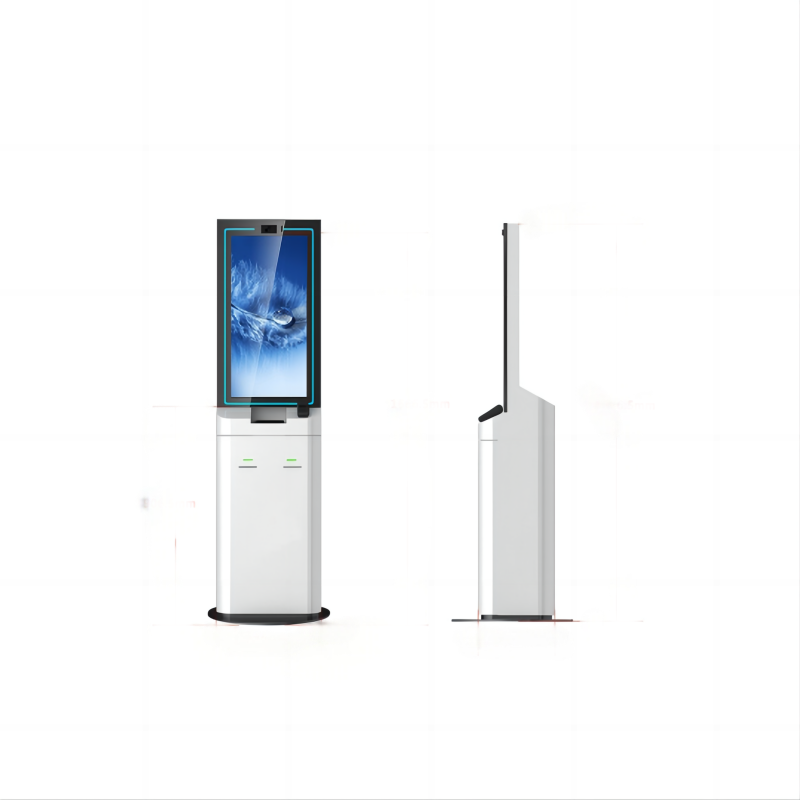
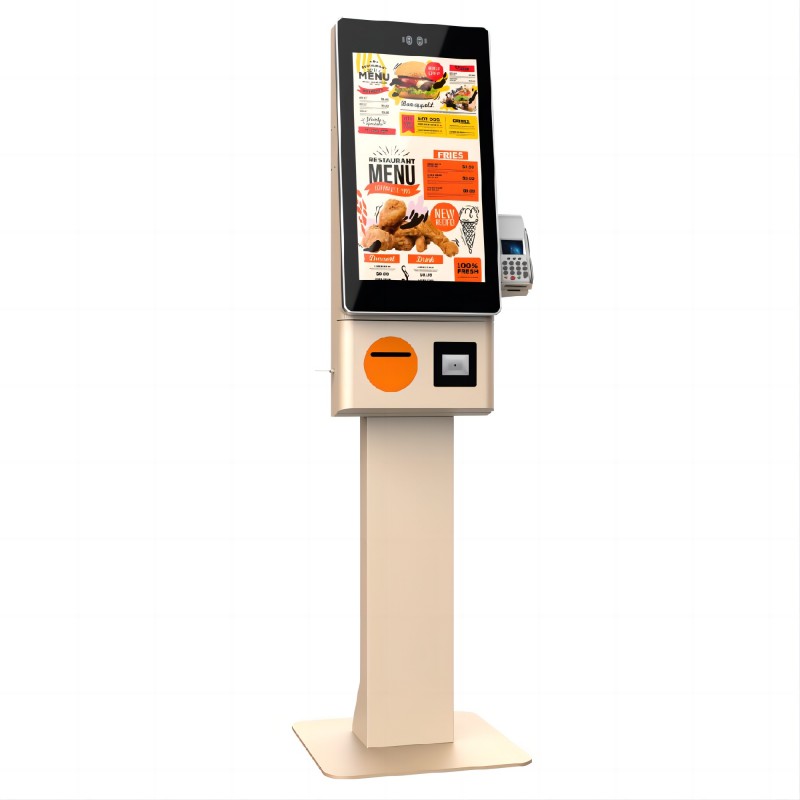
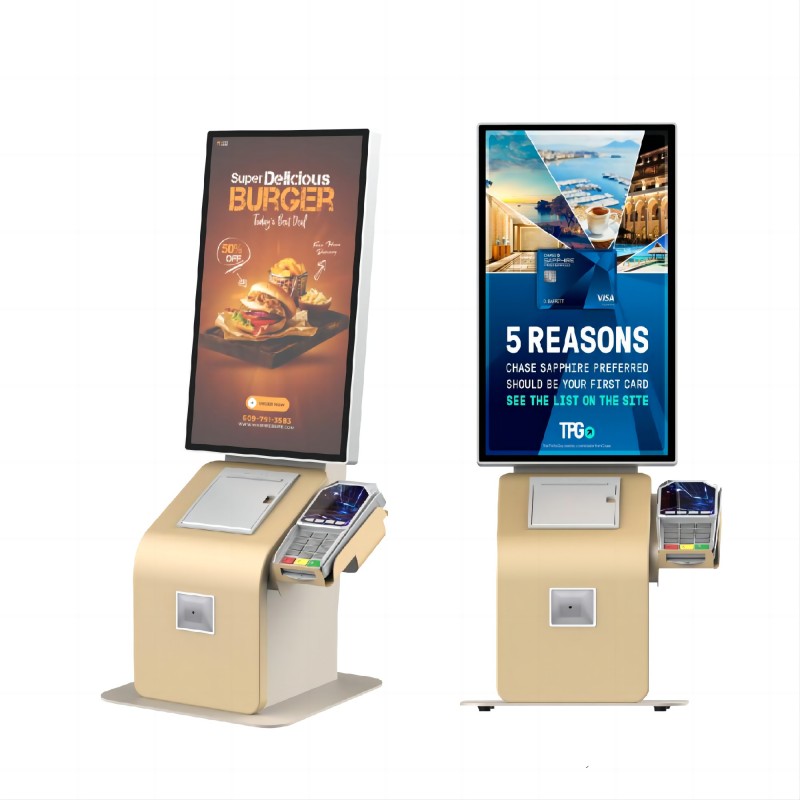
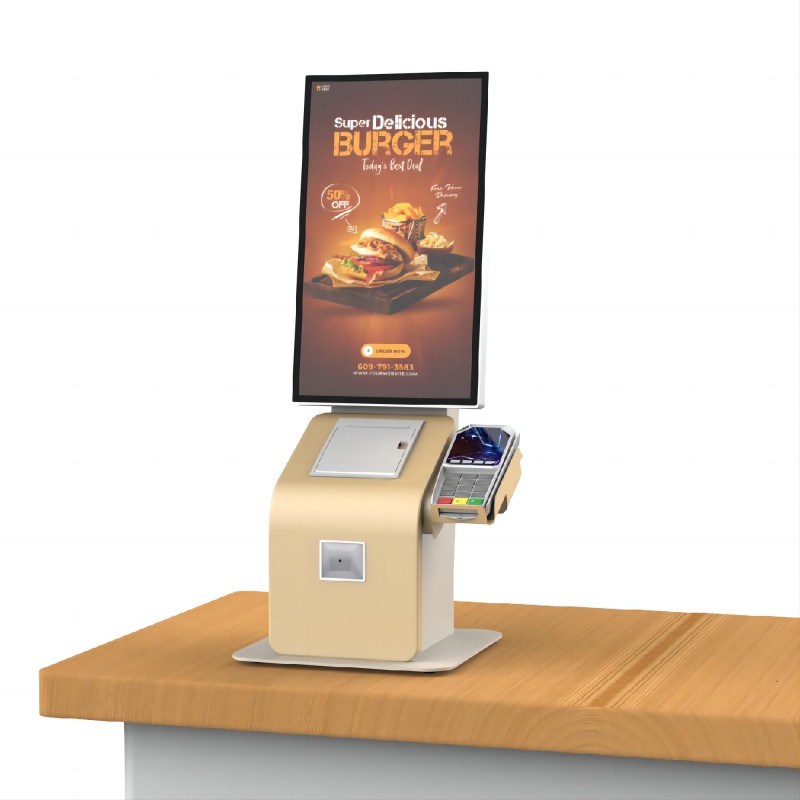
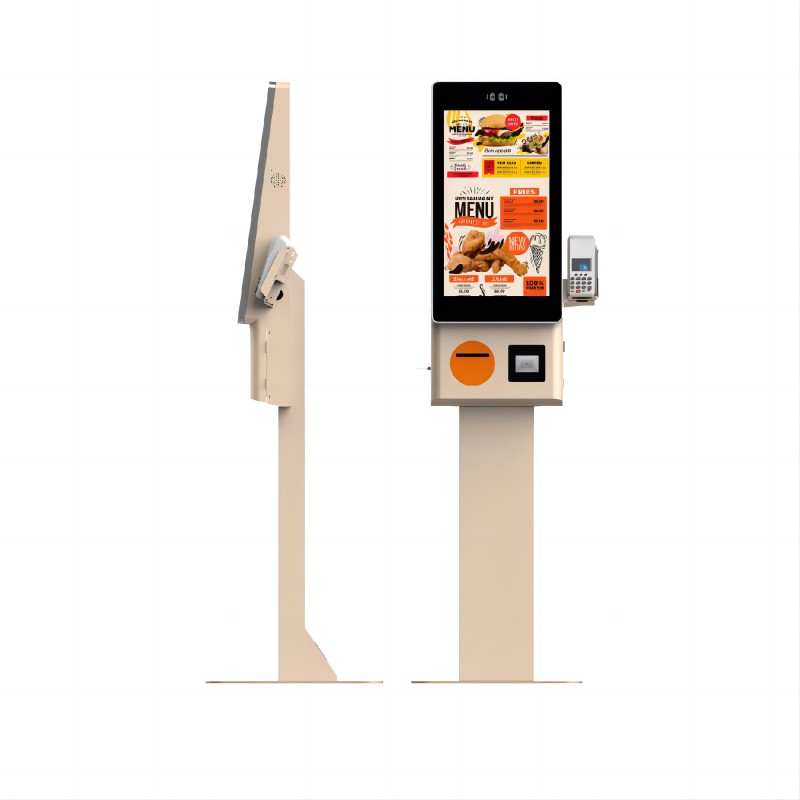

What did our happy clients say?
Our touch screen computer kiosk exceeded our expectations! The display is sharp and responsive, and the customization options allowed us to perfectly match our brand's aesthetic. Highly recommend!
We’re thrilled with our new touch screen kiosk. Installation was smooth, and the kiosk's user-friendly interface has improved our customer interactions significantly. Great investment!
The touch screen computer kiosk is a game-changer for our business. It’s sleek, efficient, and the customer support throughout the purchase process was outstanding. Very satisfied!
This kiosk is fantastic! The high-quality touch screen and durable build make it perfect for our needs. The customization options were exactly what we needed. Couldn’t be happier with our purchase!